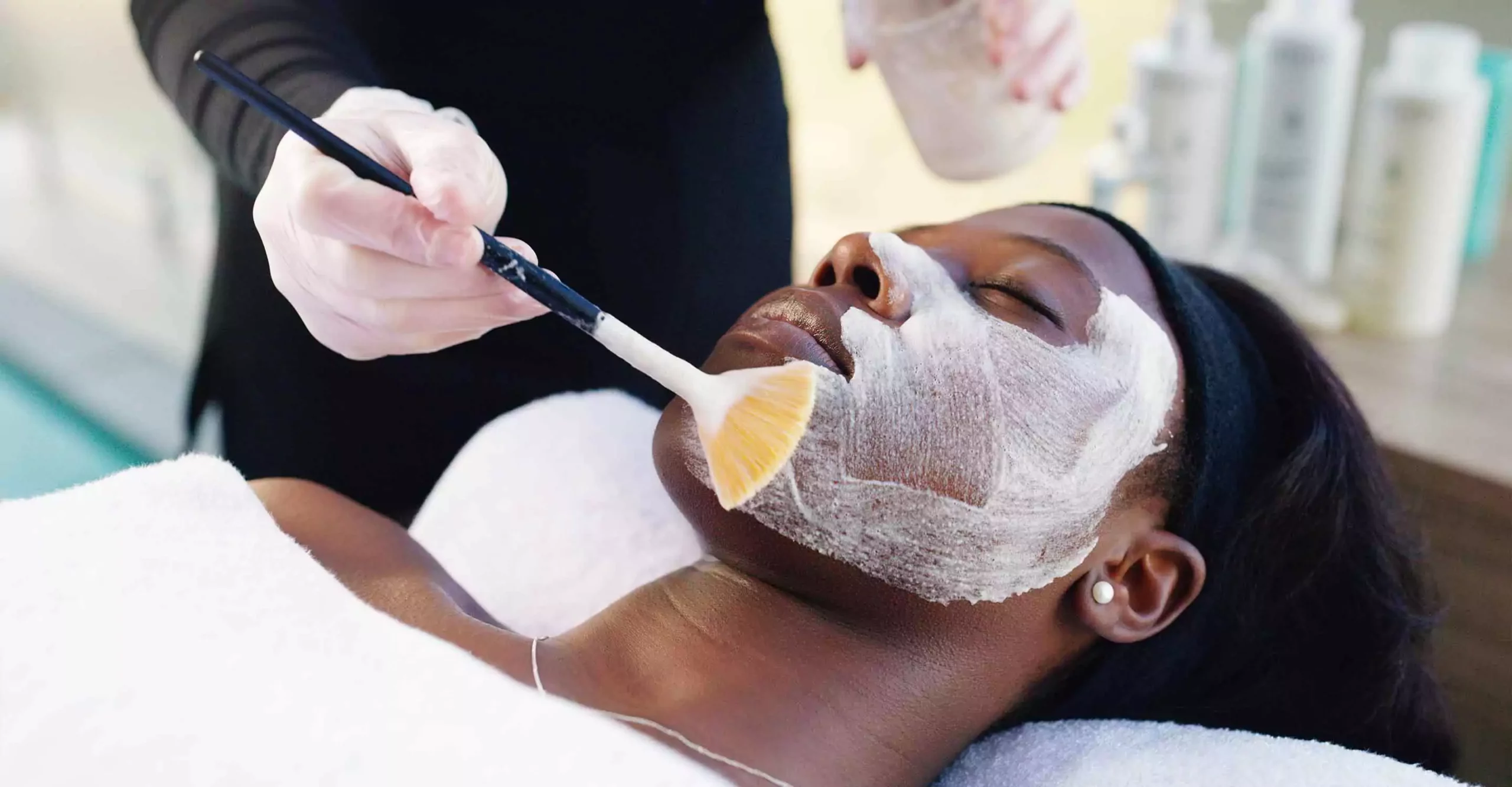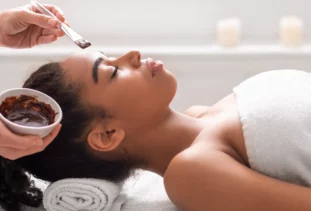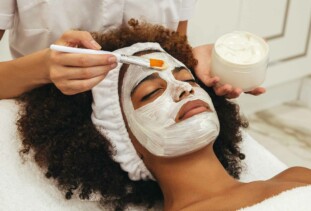Are you ready for a skin do-over? Whether you’re struggling with acne, fine lines, or hyperpigmentation, you might not realize there’s a treatment out there that can help you grow new skin.
Chemical peels cost more than your run-of-the-mill facial, but they leave you with stunning, smoother skin, treating many different skin concerns at once.
If you’re wondering whether or not a chemical peel can heal your skin, keep reading to learn the basics of how they work, what your options are, and how much a peel may cost. When you’re ready to book your chemical peel, check out StyleSeat to find a provider near you.
| State* | Average Chemical Peel Cost |
| AL | $151 |
| AR | $87 |
| CA | $83 |
| CO | $74 |
| CT | $107 |
| FL | $98 |
| GA | $120 |
| IA | $72 |
| IL | $127 |
| IN | $388 |
| KY | $129 |
| MA | $160 |
| MD | $113 |
| MN | $128 |
| MO | $128 |
| NH | $100 |
| NJ | $1,008 |
| NV | $63 |
| NY | $125 |
| OH | $100 |
| OR | $54 |
| PA | $43 |
| SC | $40 |
| TN | $74 |
| TX | $133 |
| UT | $270 |
| VA | $130 |
| WA | $86 |
| *Not all states are included due to limited data. | |
How much does a chemical peel cost?
According to our internal data, the average light to moderate chemical peel costs $100, with prices ranging from $40 to $1,008. Deep peels will cost more and aren’t available on StyleSeat because they should only be performed by board-certified dermatologists.
The price for chemical peels varies widely because there are nearly endless ways to customize this service. There are many different active ingredients, concentrations, and service add-ons that affect pricing. We’ll dive into what these differences are and how they affect costs below.
Factors to consider
Chemical peels are typically sorted into three categories based on their strength:
- Light or superficial
- Moderate
- Deep
Estheticians can safely perform light and moderate peels, but you should always go to a dermatologist for a deep peel because the chemicals are much stronger, and they require careful aftercare for the best results. Some deep peels even require sedation, so you’ll want a doctor managing your treatment.
Stronger peels and services with more experienced providers will typically cost more. For example, a light peel with an esthetician will cost less than a deep peel from a dermatologist. Your location will also affect the cost based on the cost of living in your area. Check out providers in your area to see how much a chemical peel costs near you.
Types of chemical peels
There are nearly endless chemical peels available for a variety of skin concerns. Because peel solutions vary with different active ingredients at different concentrations, there are many options depending on your desired results.
Some popular active ingredients in chemical peels include:
- Enzymes
- Alpha hydroxy acids (AHAs)
- Glycolic acid
- Trichloroacetic acid (TCA)
- Phenol
All chemical peels do essentially the same thing at different intensities. Peels exfoliate the top layers of your skin, which stimulates your skin to grow new cells. The older layers of skin will peel off and, when healed, reveal the new skin underneath.
People use chemical peels to treat acne, fine lines, uneven skin tone, scarring, or even precancers. Talk to your provider for their recommendation, but you should generally choose the gentlest peel possible that will help you achieve your skin goals.
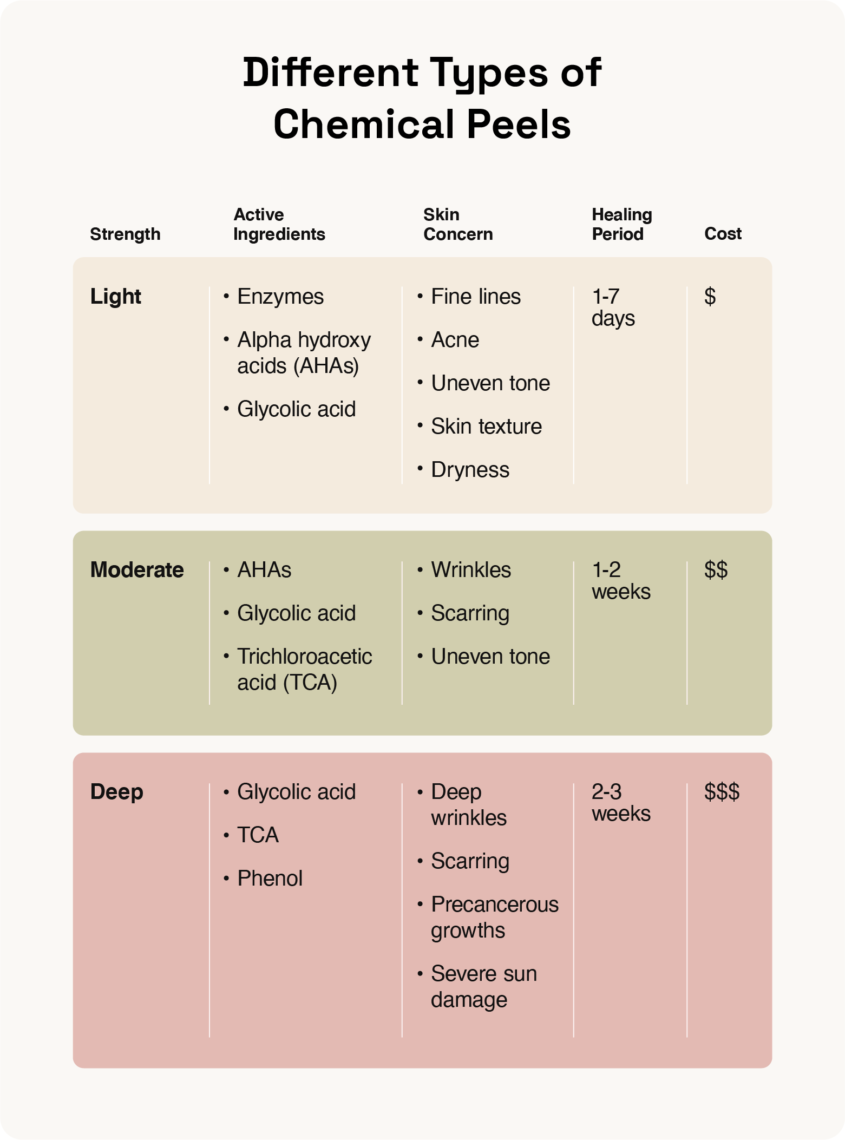
Preparing for a chemical peel
Chemical peels can be harsh on your skin, so it’s important to take care of your face prior to your appointment. Talk to your provider for their specific recommendations, but some common prep tips include:
- Avoid sun exposure for 10 days prior.
- Don’t wax or remove facial hair for a week prior.
- Avoid blood thinners for a few days prior.
- Check with your primary care provider and chemical peel provider that your medications won’t interfere with the peel.
- Ask your provider if they’d like you to stop using exfoliants or retinoids.
- Take antiviral medication if you get cold sores.
Chemical peels aren’t for everyone. If any of the following apply to you, consider exploring other options to treat your skin concerns:
- You’re prone to dark scarring or keloids.
- You might be pregnant.
- You have a chronic illness and take medication that interacts with the peel.
While pregnant people or those prone to dark scarring and keloids should always avoid chemical peels, having a chronic illness doesn’t always prevent you from trying a chemical peel. Touch base with your doctor and peel provider for their expert opinion on whether a chemical peel is a good option for you.
If you have dark skin, go to a professional who has experience treating darker skin. Discoloration from chemical peels is much more visible on darker skin tones, but as long as your provider has the appropriate experience, you shouldn’t have to worry about this too much.
If you’re getting a phenol peel, consult your doctor and thoroughly research your peel provider. Improper exposure to phenol can cause heart, kidney, and liver issues, so you want a provider you can trust.
Chemical peel aftercare
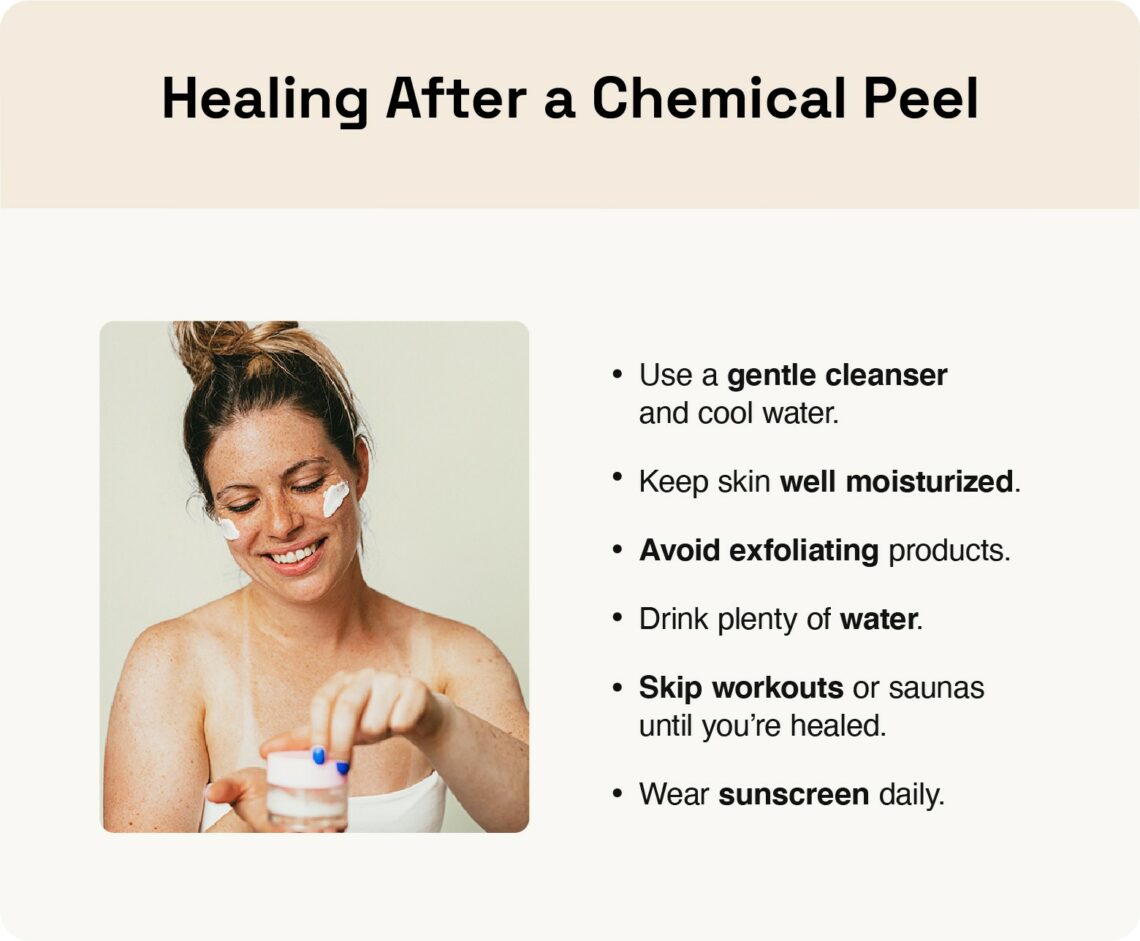
For a few days after your chemical peel, you can expect your skin to be red and extra sensitive. Within a day or two, it will begin to flake and peel. Though it’s tempting, don’t pick at your peeling skin — it can lead to uneven texture and affect your results!
Instead, care for your post-peel skin by:
- Using a gentle cleanser and cool water
- Keeping skin well moisturized
- Avoiding exfoliating
- Drinking plenty of water
- Skipping workouts or saunas until you’re healed
- Wearing sunscreen daily
If you’re experiencing extreme pain, long-term redness, or other discoloration, get in touch with your peel provider or a dermatologist.
The healing process is a bit different for each peel strength:
- Light peels feel dry and mildly irritated when healing. Your skin might be discolored for a week or so, but you can wear makeup the day after your appointment.
- Moderate peels feel like a moderate sunburn. You’ll have some swelling, scabbing, and discoloration that can last for a few months. You can wear makeup after five to seven days.
- Deep peels may cause severe swelling and require prescribed painkillers to manage the pain. Redness and discoloration will last a few months, and you can wear makeup around two weeks after the procedure. Your doctor will likely require follow-up appointments and closely monitor your healing.
Regardless of which type of peel you get, you should avoid the sun during healing and wear sunscreen every day.
FAQ
How long do chemical peels last?
Chemical peels affect everyone differently, so it’s hard to say how long they last and how often you should get one. In general, providers say you can get a light peel every four weeks, a moderate peel every few months, or a deep peel every few years.
Are chemical peels good for skin?
When done properly, chemical peels are a great way to target many different skin concerns and reveal healthier skin. However, when performed incorrectly, or if you’re not careful during aftercare, you can end up with more skin discoloration than before. Talk through your options with your peel provider to see if a chemical peel is best for you before booking your appointment.
Chemical peel costs can vary widely, but they’re a great way to renew your skin and target many skin concerns at once. Reach out to an esthetician on StyleSeat today for their expert opinion on whether a chemical peel can help you achieve your skin goals.
